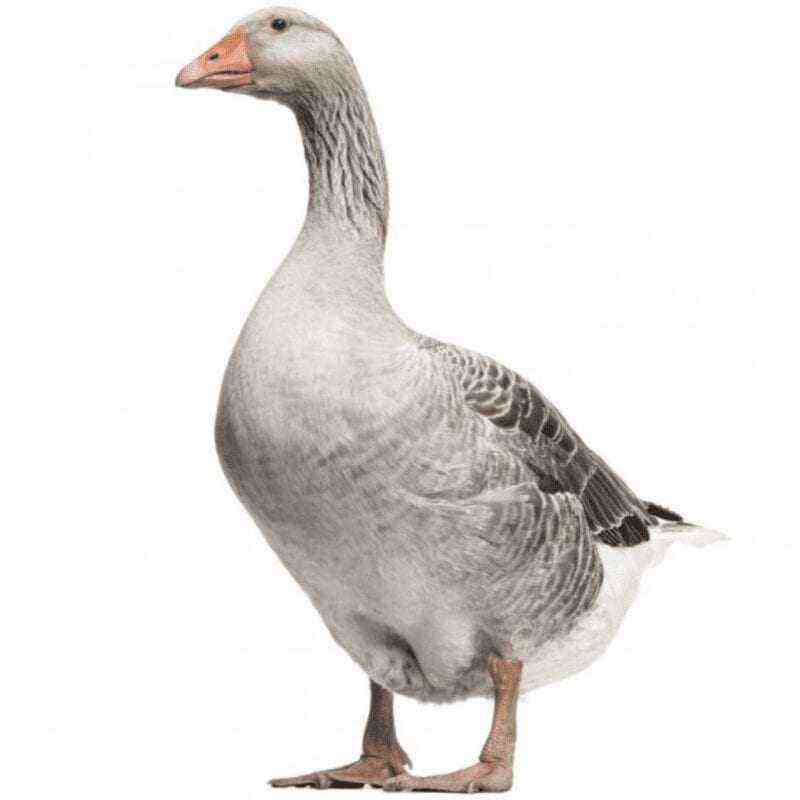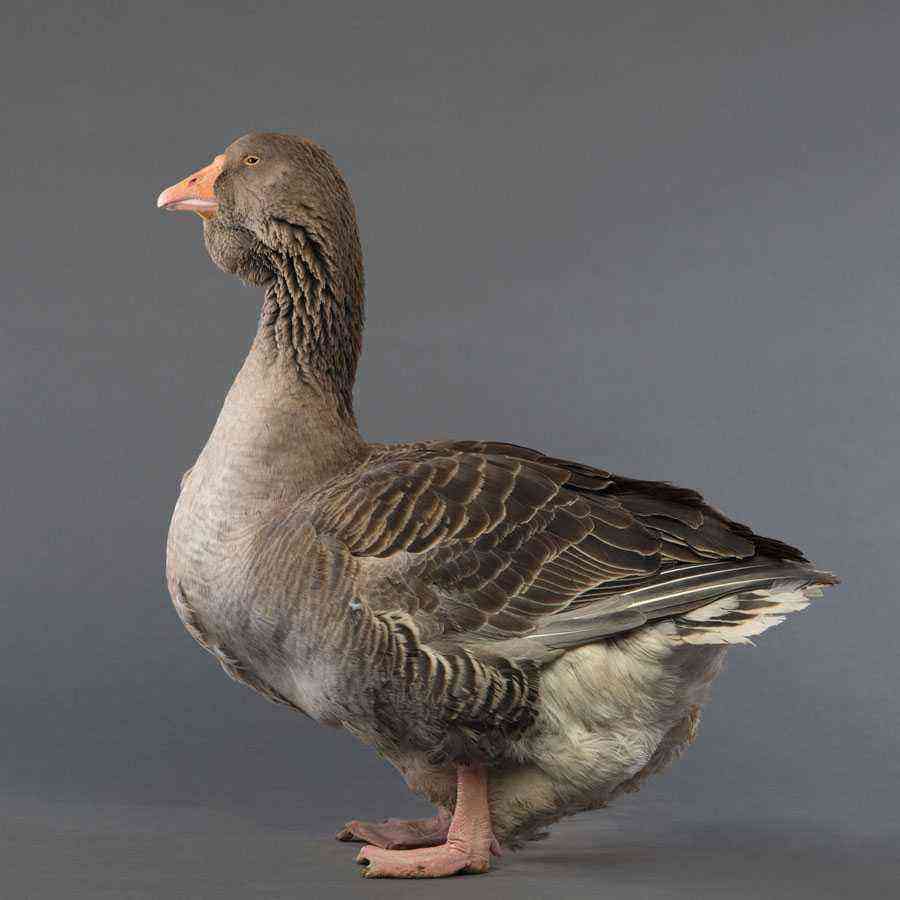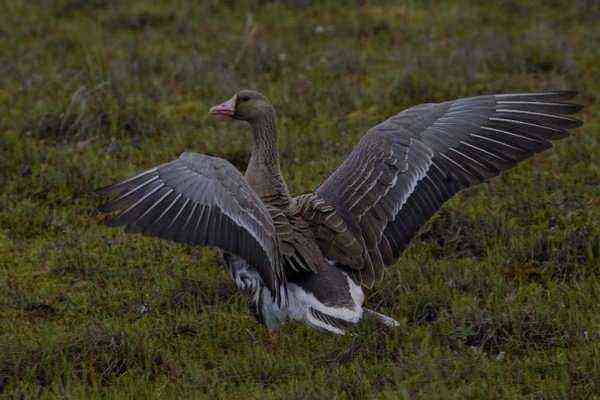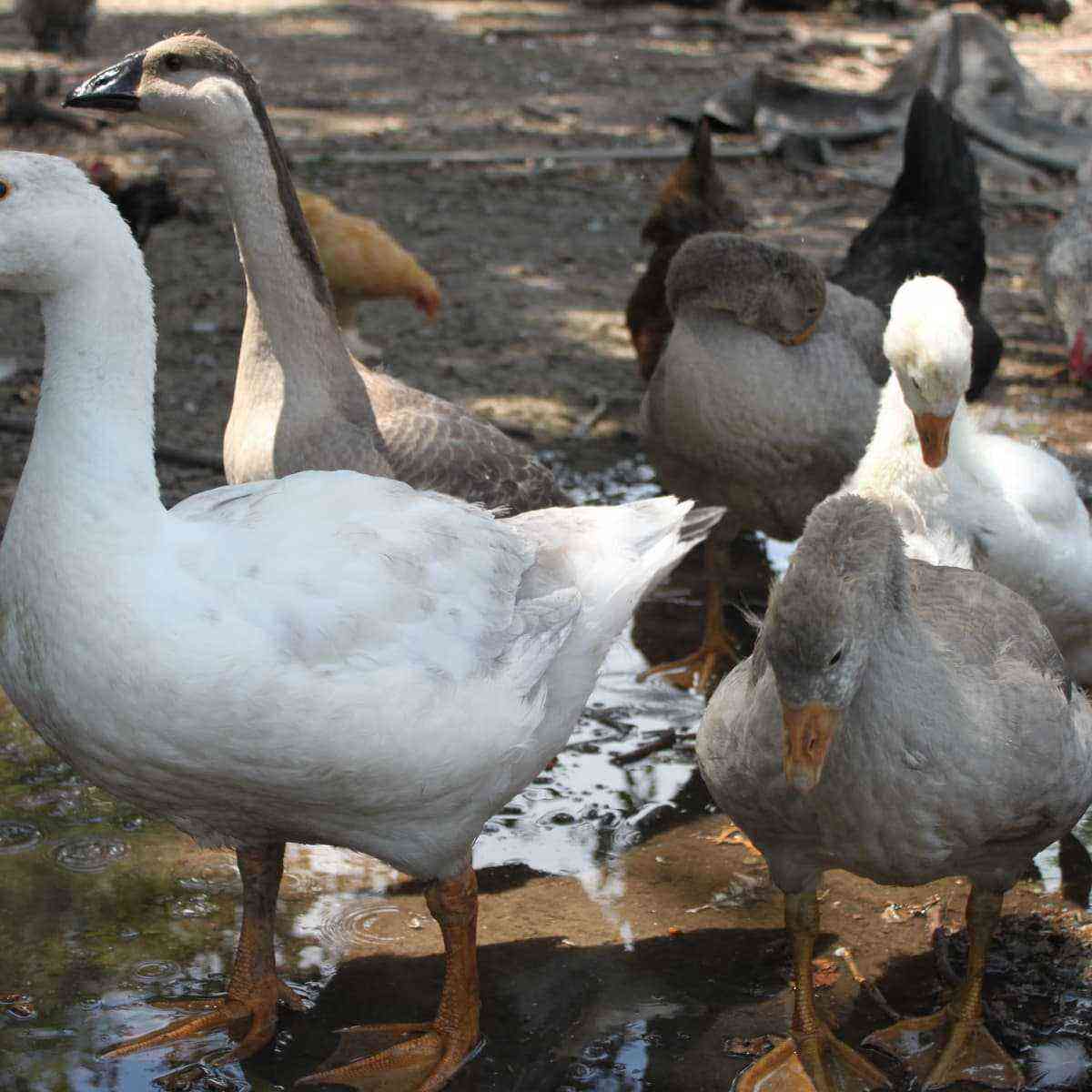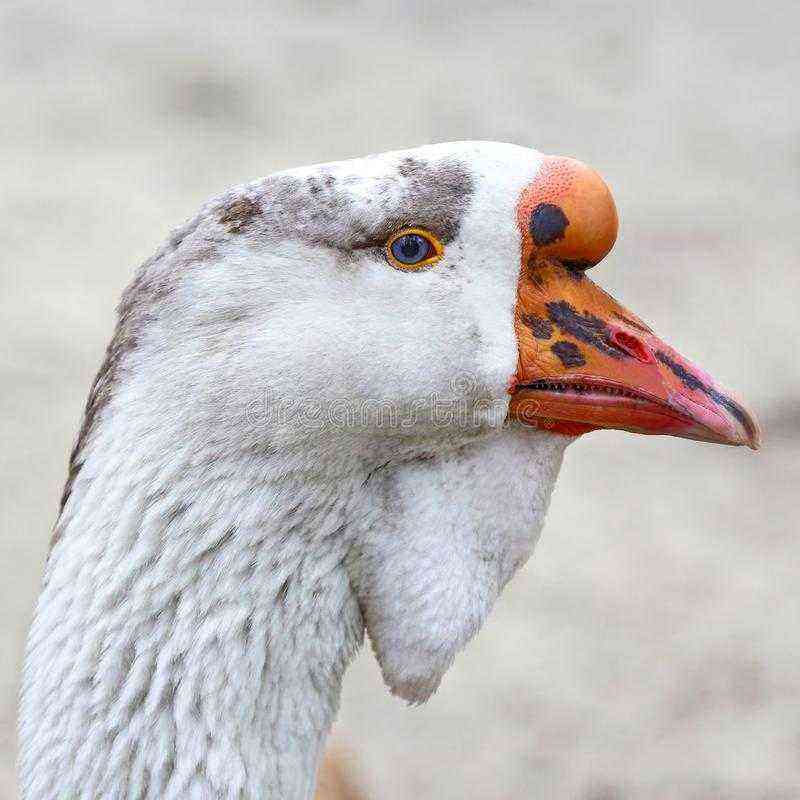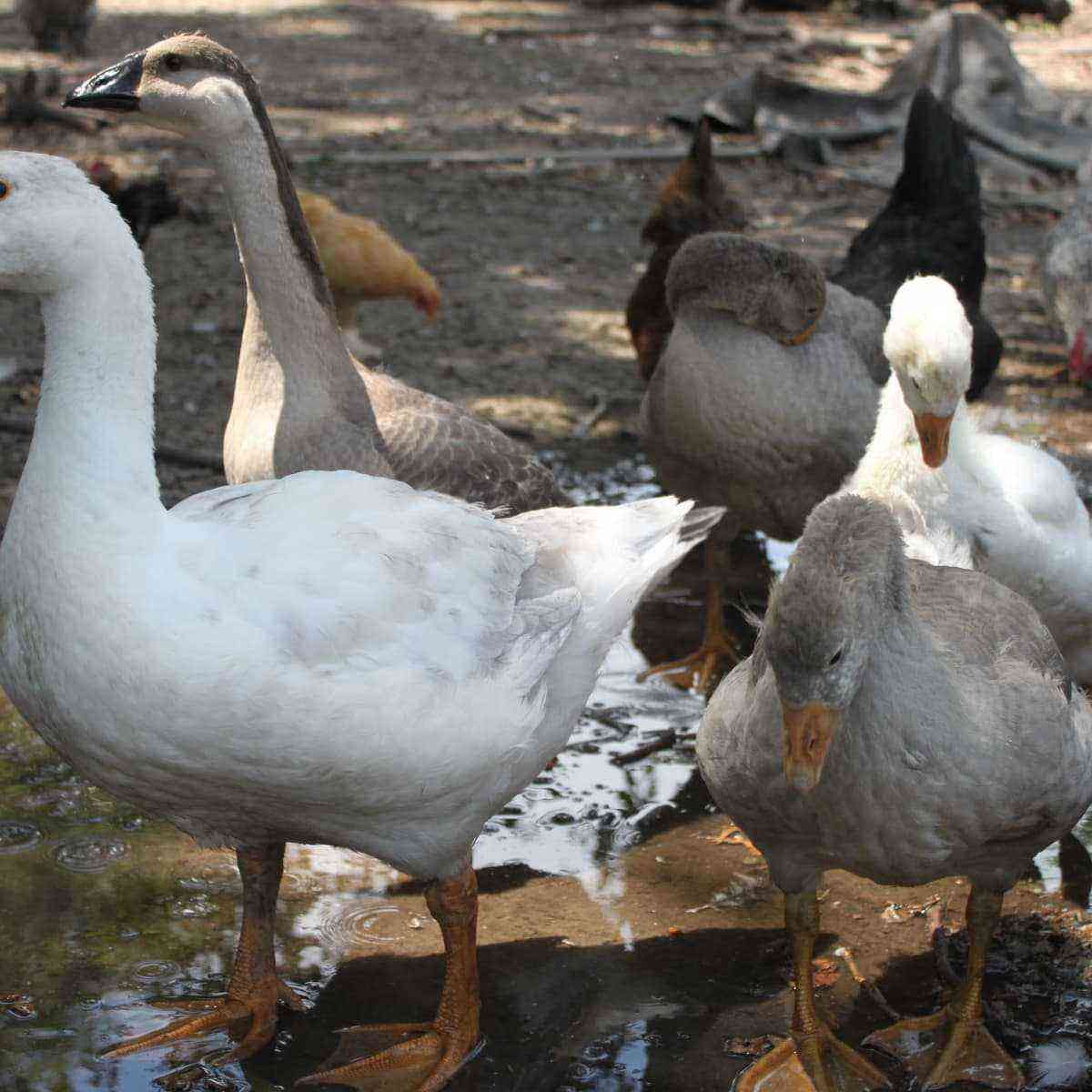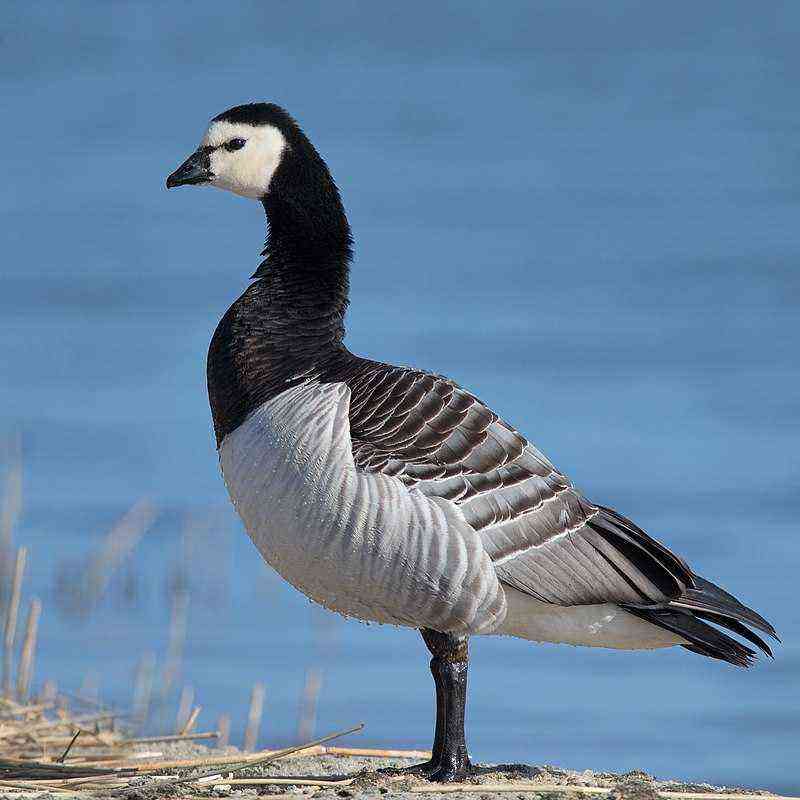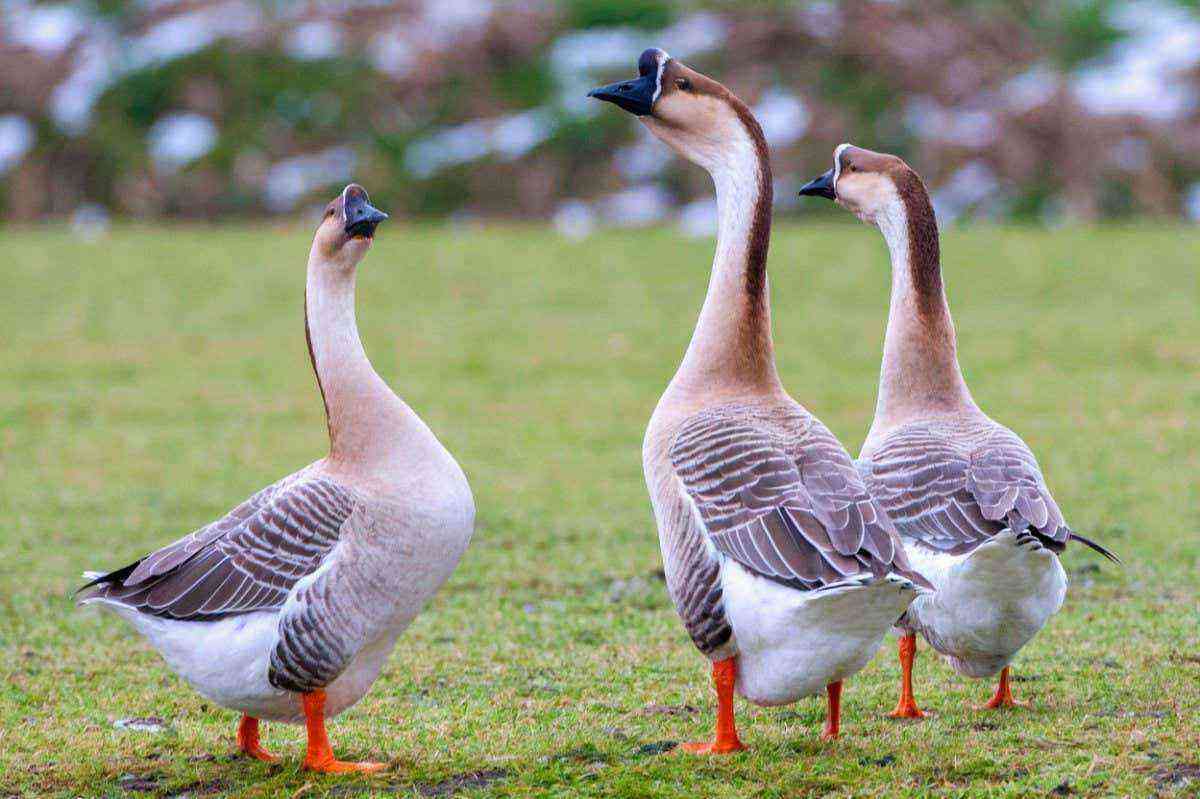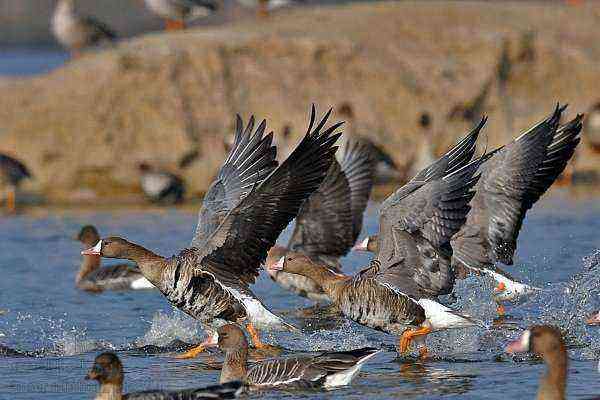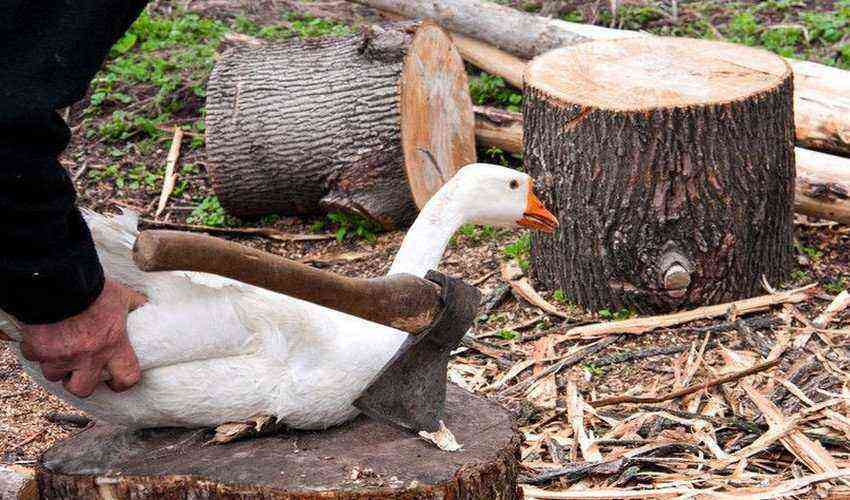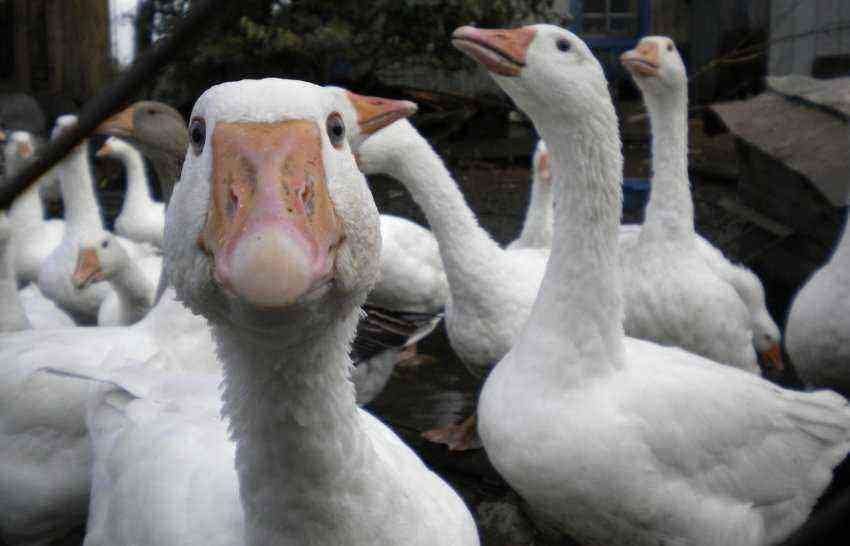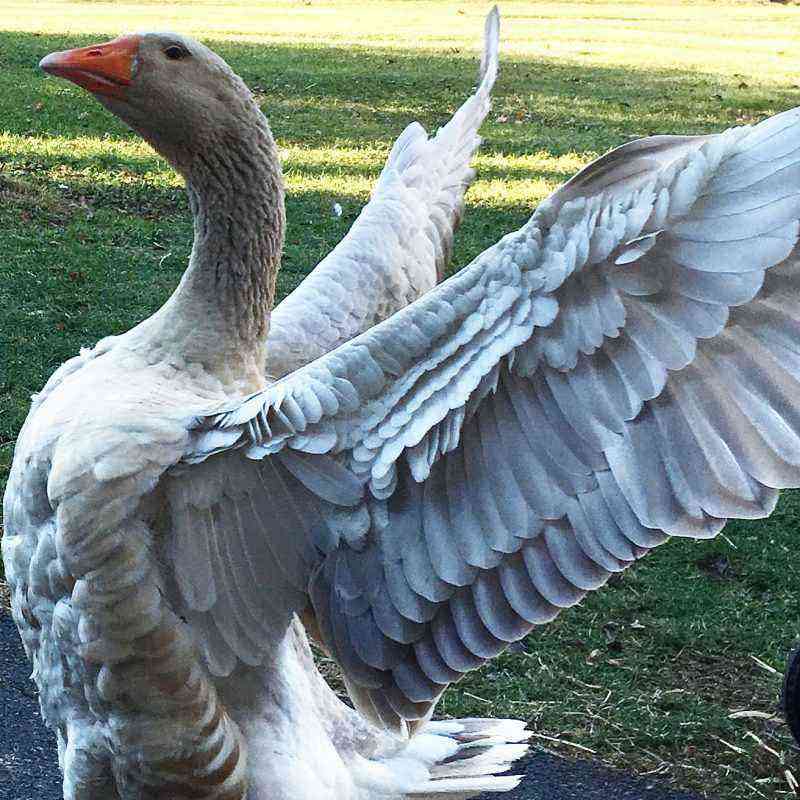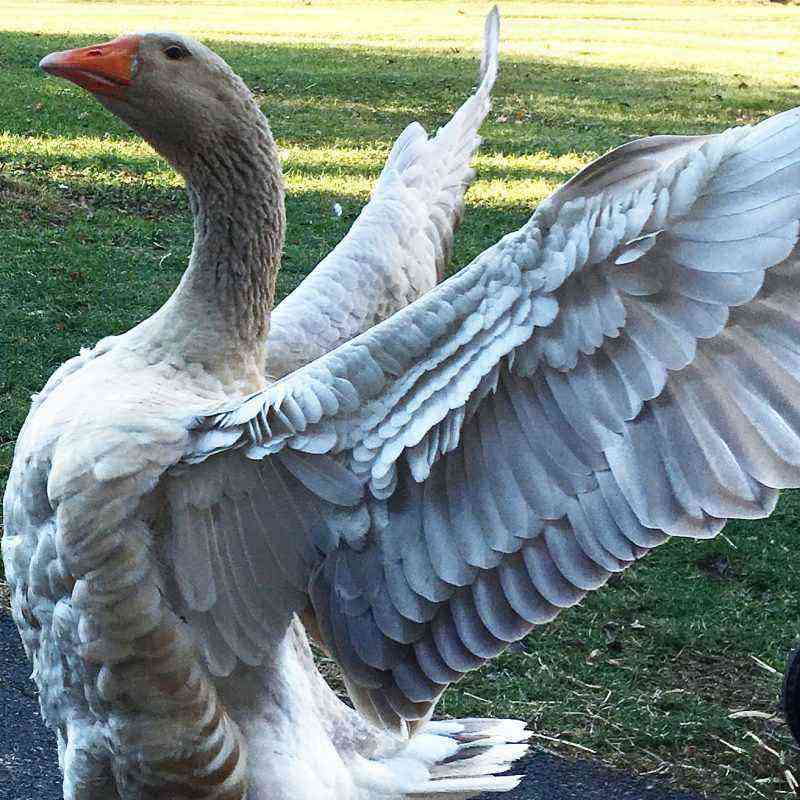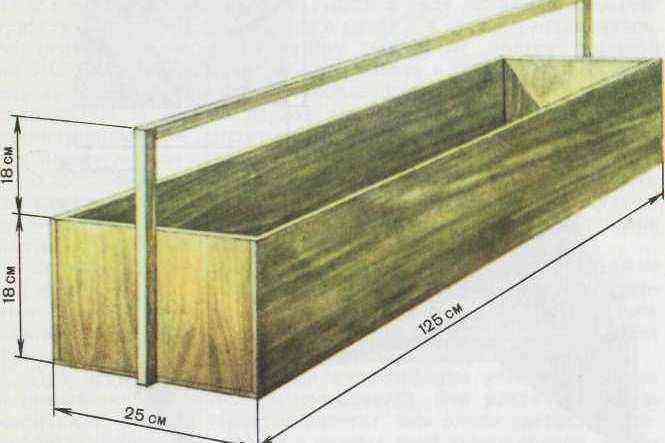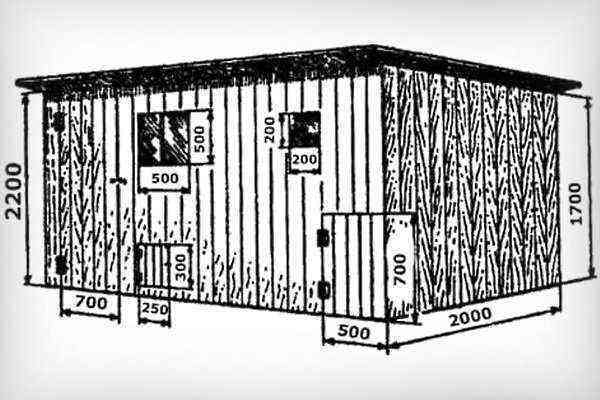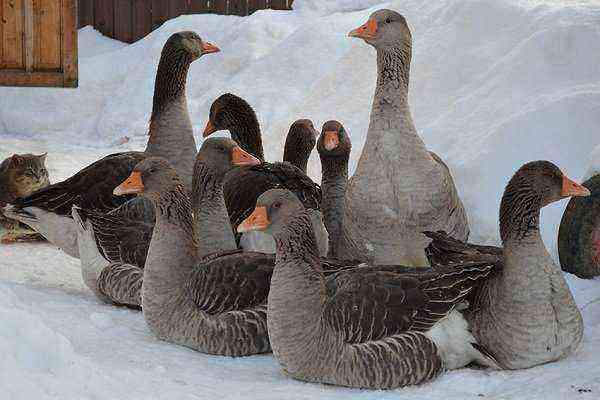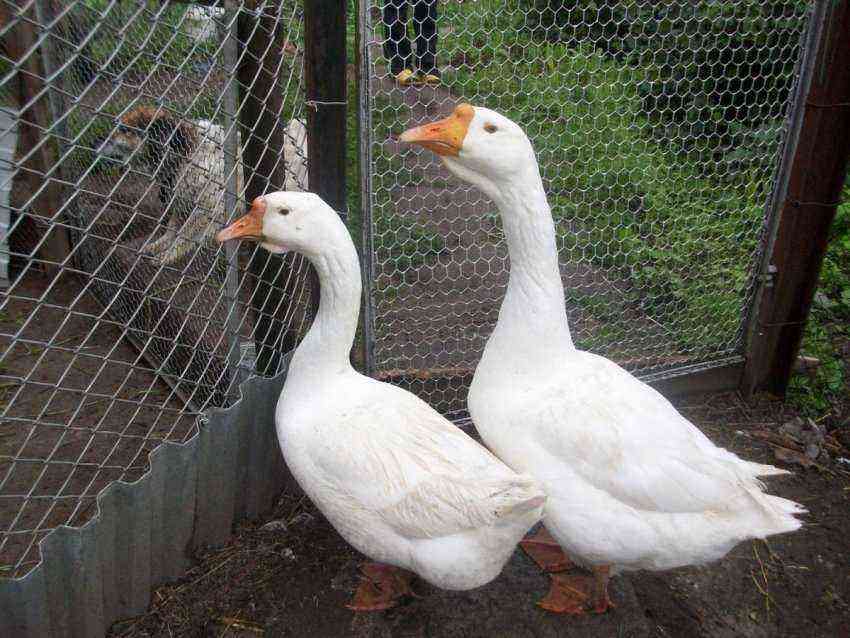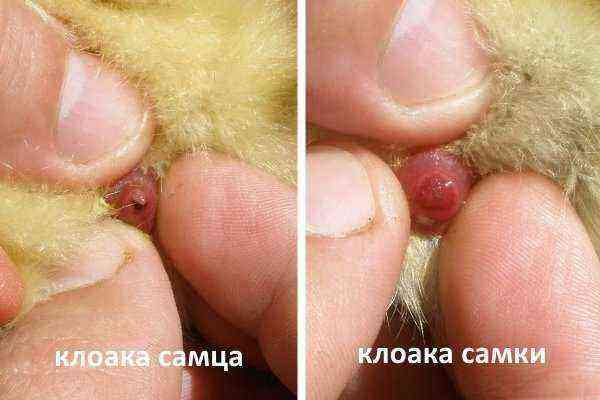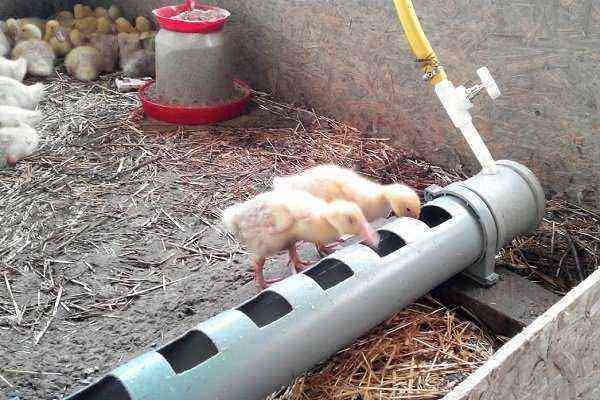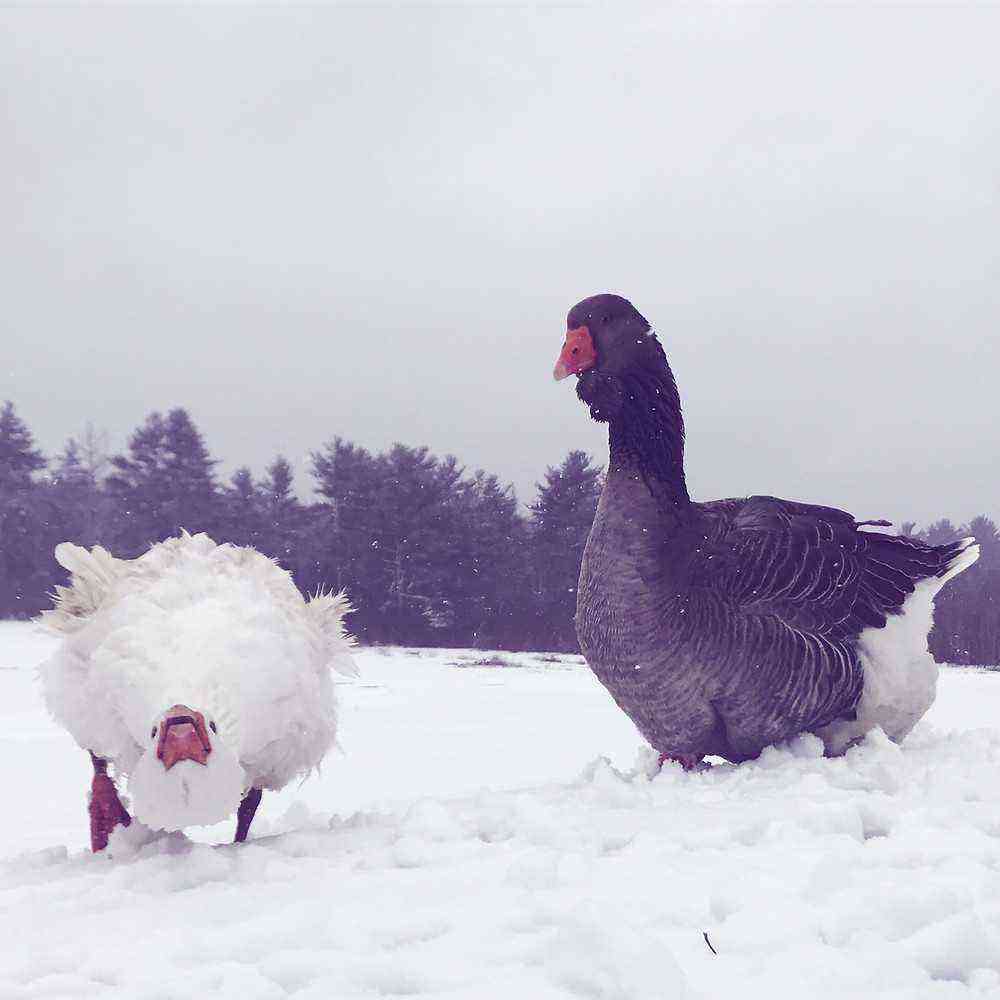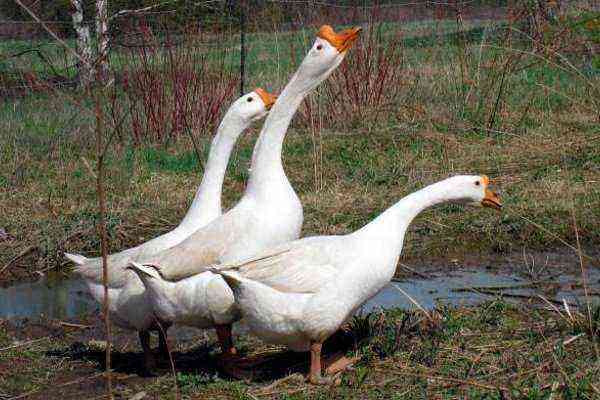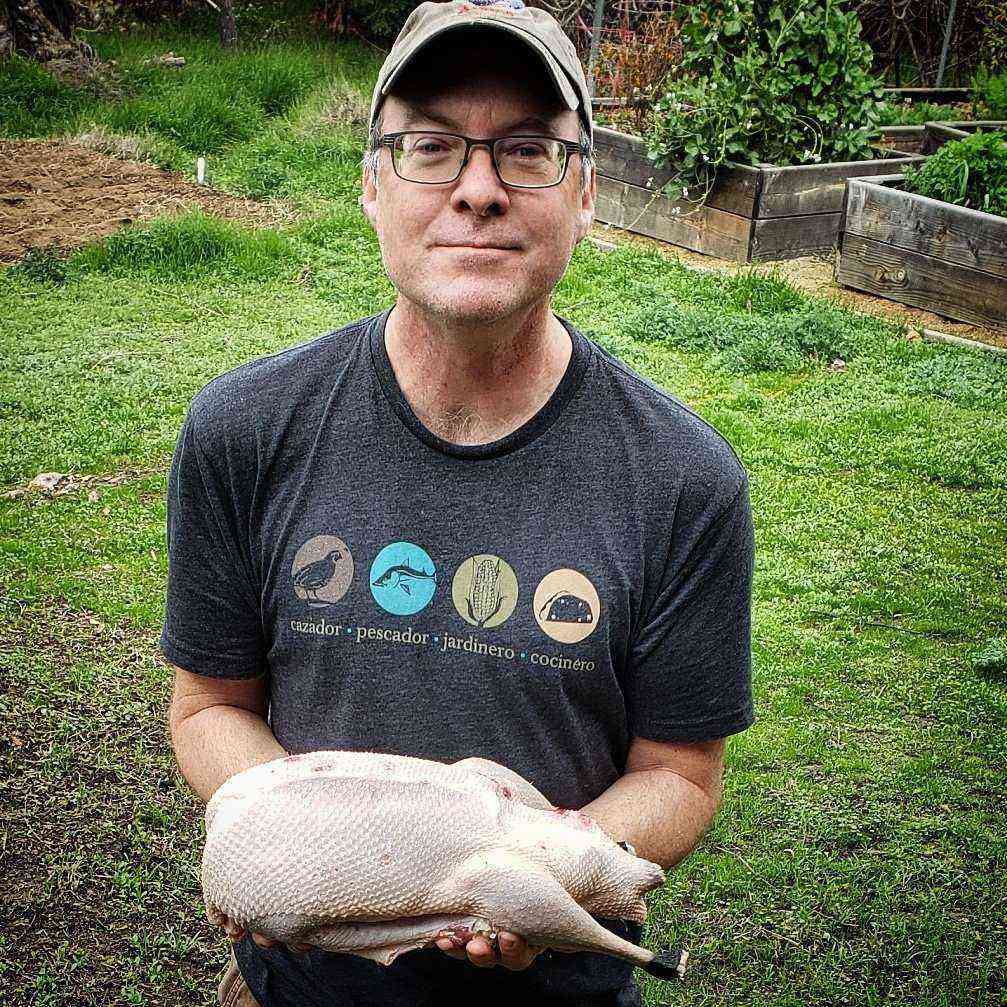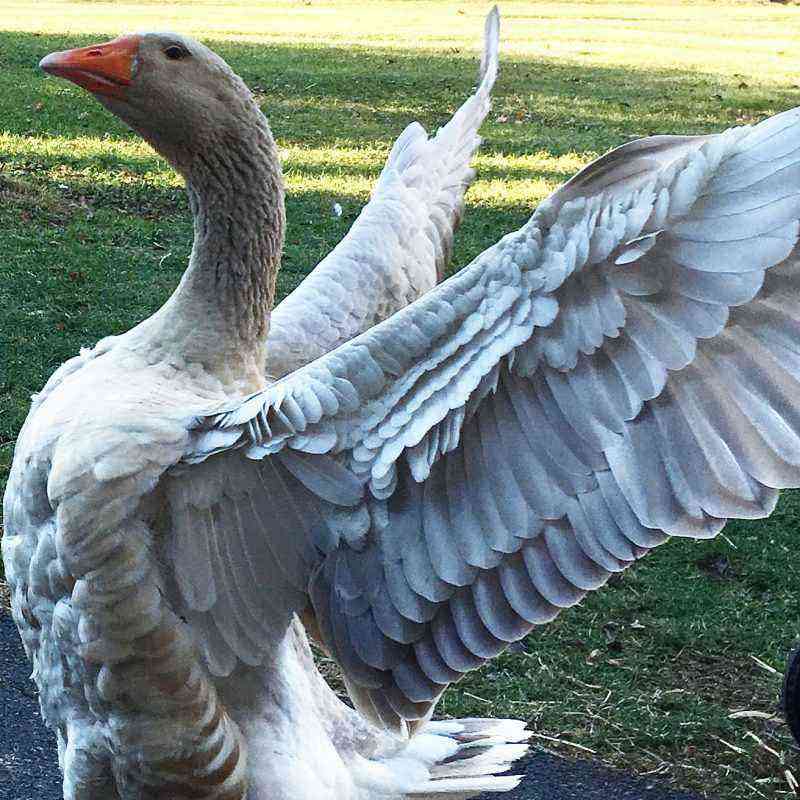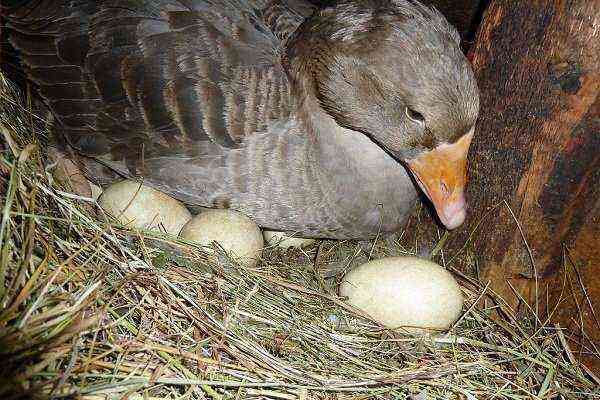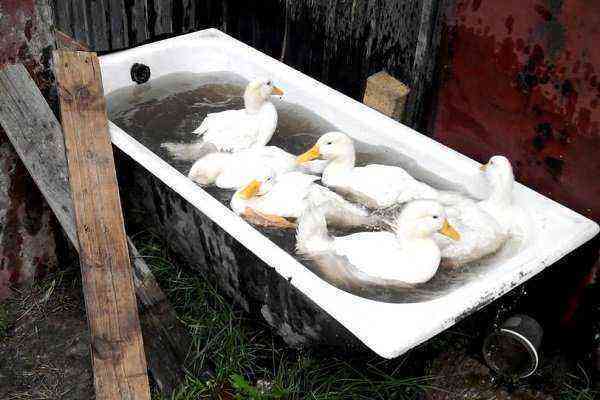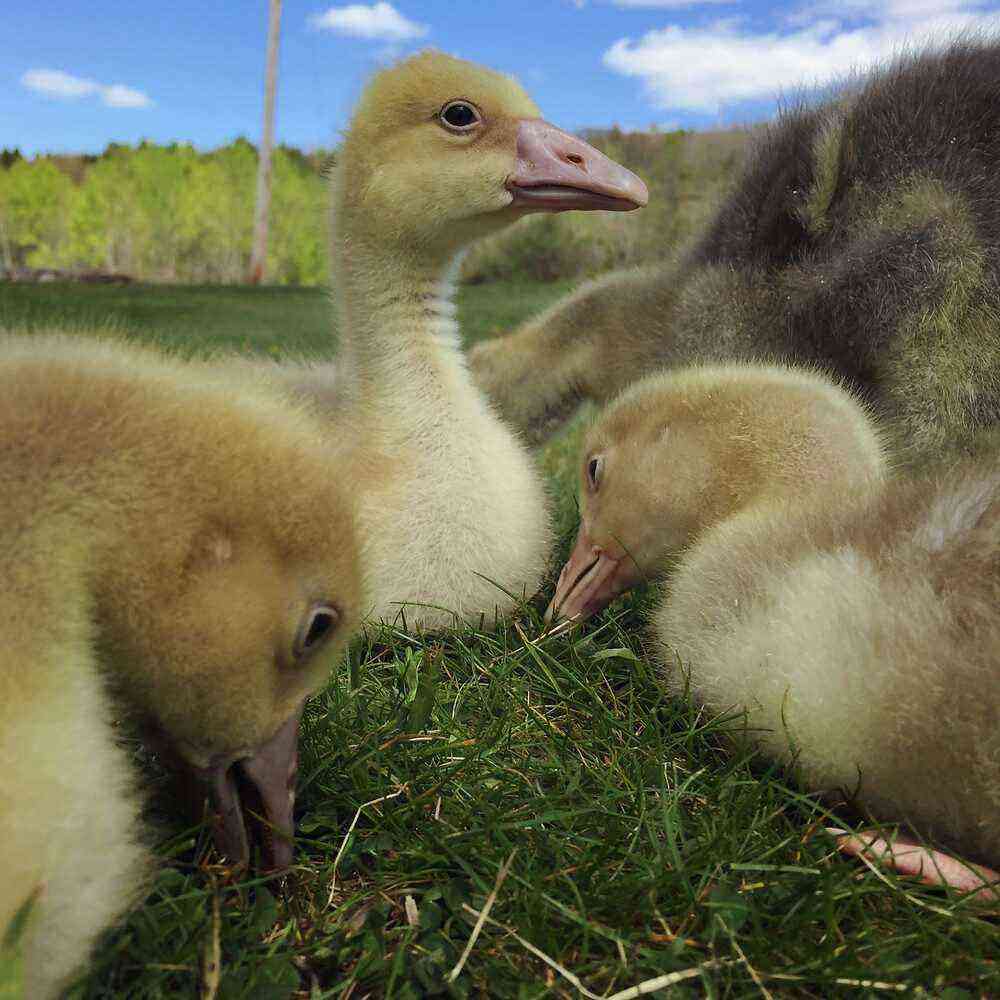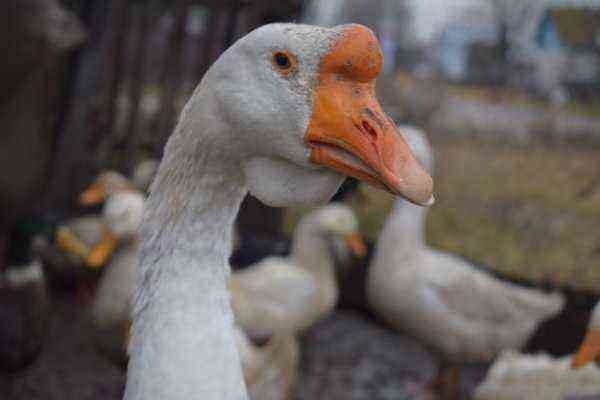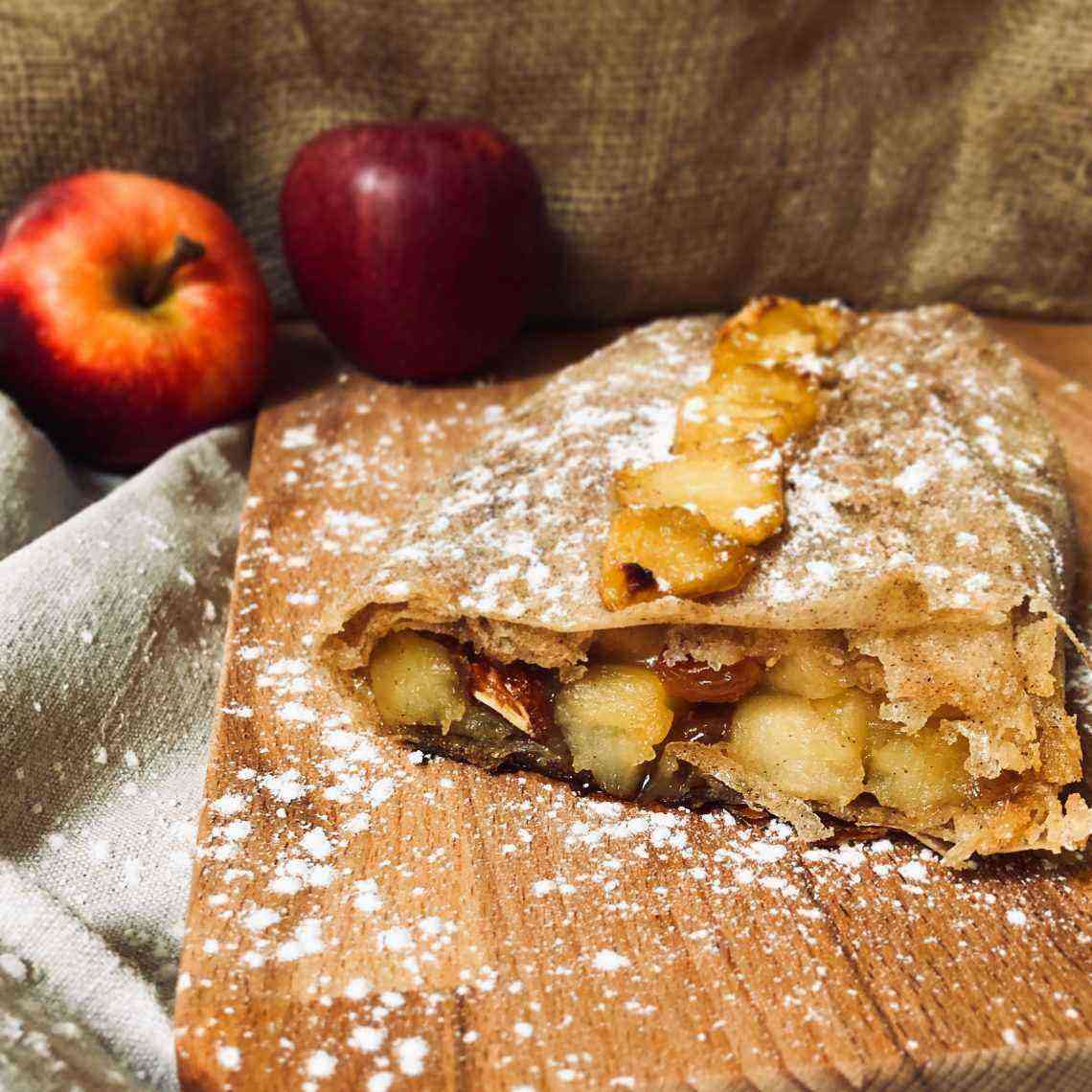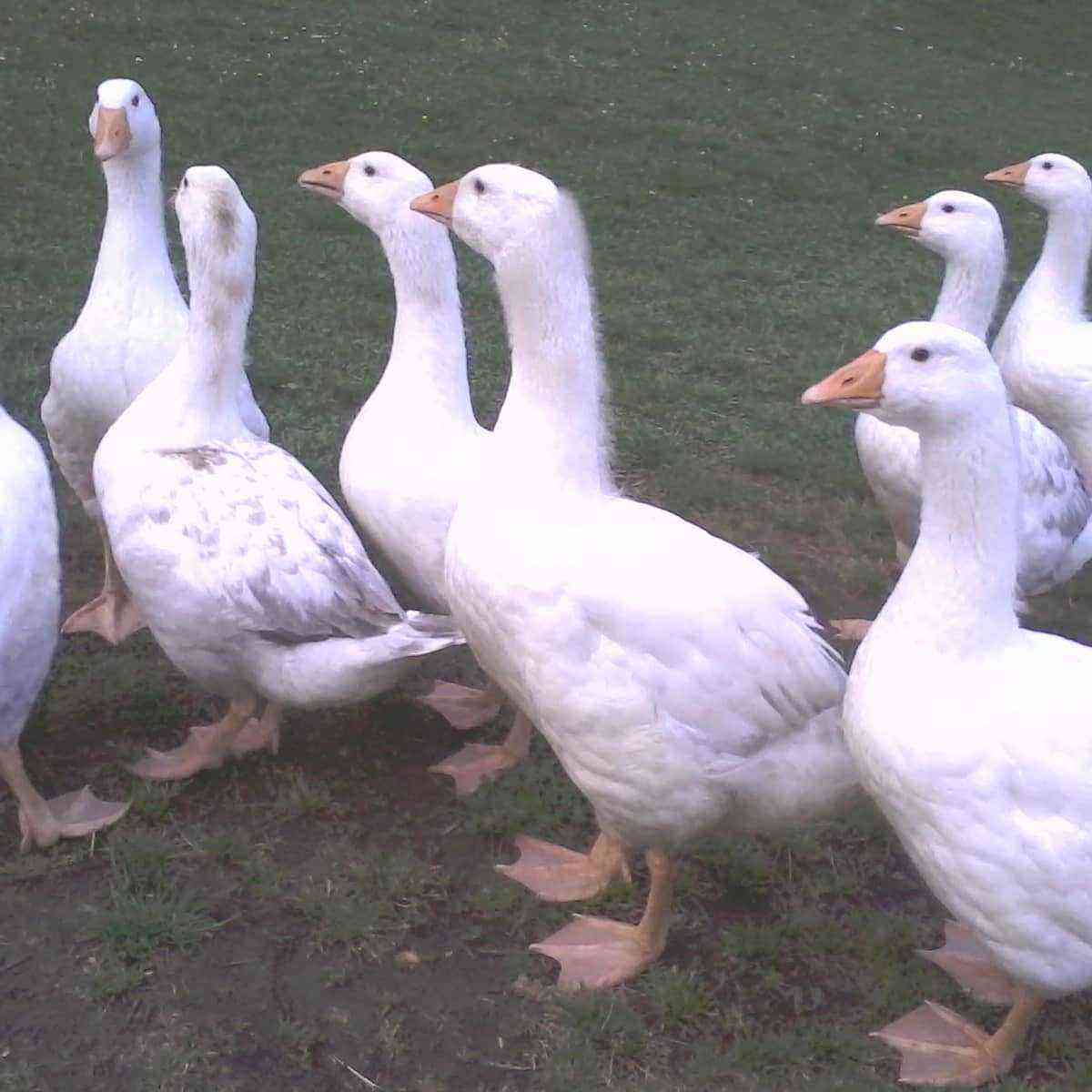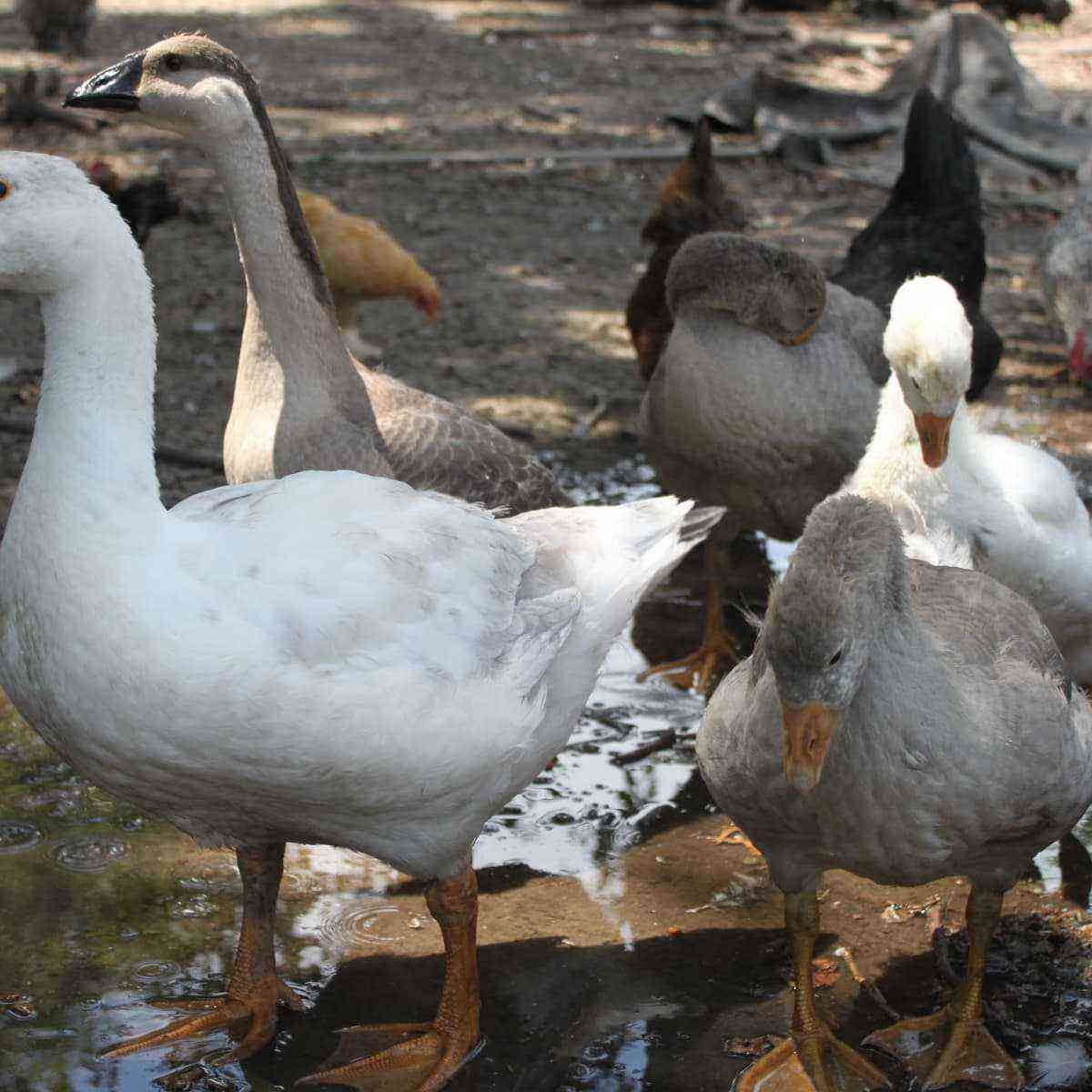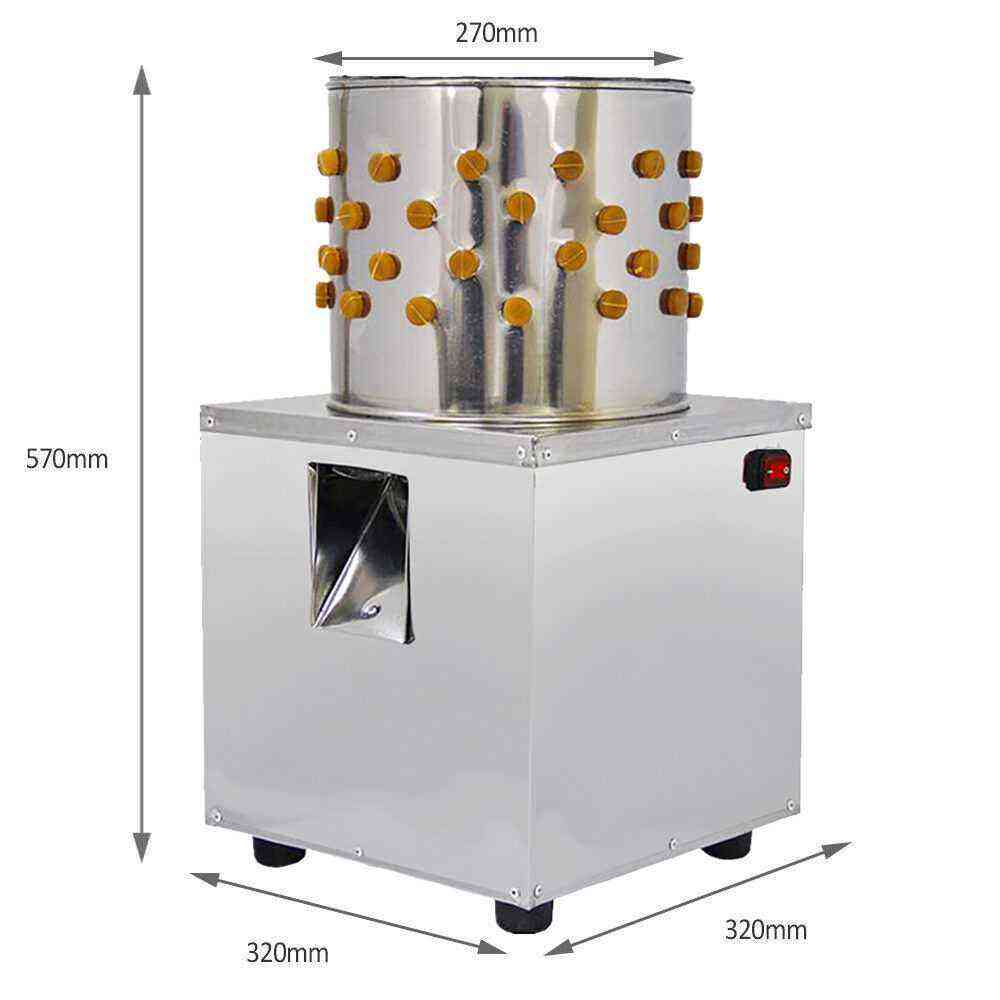Novice farmers rarely pay attention to the flooring of the goose coop. But with the experience of breeding geese, the understanding comes that the health of pets, and, accordingly, the number of eggs laid and the number of hatched chicks, depends on the quality of the floor materials, the correctness of its installation and the choice of environmentally friendly bedding.
Requirements for flooring in a goose coop
The floor covering must meet basic sanitary and hygienic standards. There are also a number of other requirements:
- if the goose is of a summer type, that is, mobile, the floor is made of wood (usually plywood or chipboard is used, since the materials do not make the structure heavier);
- it is recommended to equip the winter house with a powerful base (concrete mortar is used);
- the flooring is designed slightly at an angle, which simplifies the cleaning procedure;
- the presence of sewers is mandatory;
- geese should not be released on the floor without bedding, especially in winter;
- it is forbidden to use synthetic materials and raw materials that release toxins – this leads to diseases and death of birds;
- when laying, the integrity of the flooring is observed (without cracks, holes, or any other openings, since small rodents penetrate through them, spreading the infection and devouring the young);
- choose a waterproof material – otherwise the processes of decay will begin.
What materials are used?
For the floor in the goose house, only 2 main raw materials are used – concrete mortar and wood. Both materials are environmentally friendly and safe, but each of them has both strengths and weaknesses. The key factor for selection is climatic conditions.
Some goose breeders still use the old-fashioned method of creating a clay floor. This method also meets the safety requirements for the poultry house, but is extremely rare.
Concrete floor
It is considered the most durable, as it is considered moisture resistant, which eliminates rotting. But the statement is true only if the solution has a balanced composition. Then the floor will not crack, and subsequently crumble.
The main advantages of concrete pavement:
- tightness of the entire floor, which provides reliable protection against rats and mice;
- uniformity and evenness of the surface;
- the absence of protruding chips (the geese injure their paws about them);
- ease of cleaning, especially wet, as cement is not afraid of water;
- ease and safety of disinfection of the goose coop with steam, liquid agents and chemicals – it will not rot, it will not absorb toxic substances.
But there are also a number of disadvantages. You should pay attention to factors:
- poor air permeability;
- cold surface, which is undesirable for regions with a not very warm climate;
- overheating in the heat leads to vapors with a specific smell.
So that during long frosts, which is important for the North, the geese do not freeze, in addition to a warm bedding, the floor is supplemented with a structure made of logs and wooden boards. It is better to make the device removable (for summer).
wood flooring
Wood is considered the most environmentally friendly material with excellent breathability. Has its advantages:
- heat is retained even in the cold season, due to which the litter is laid in a thinner layer;
- quick and convenient installation;
- low cost of raw materials, and if you find boards in the courtyard, the floor will be free.
Among the minuses note the following:
- rots at medium and high humidity (not suitable for regions with frequent rains);
- compared to concrete, raw materials are not durable;
- the tree is easily gnawed by mice, rats, and insects seep through the cracks;
- absorbs chemicals (after treatment with disinfectants, it will take a long time to ventilate).
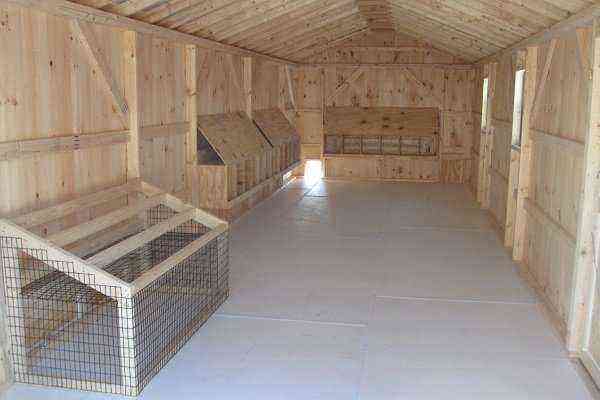
What to put as bedding?
A litter is necessarily laid on the floor of the goose coop. For her, the farmer takes any improvised, but always natural, material. It could be:
- hay or straw;
- husk from millet;
- sunflower husk;
- wood shavings;
- sawdust;
- peat (only sphagnum);
- sand;
- shell;
- corn cobs, finely chopped.
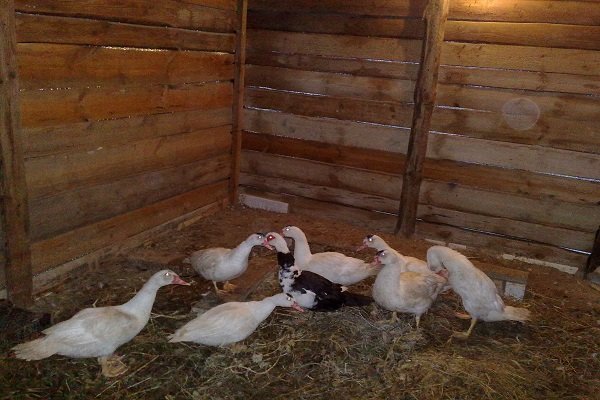
It is not the material itself that is more important, but the requirements for bedding. They include several subtleties:
- raw materials must be hygroscopic;
- laying wet and dirty material is not allowed – this contributes to the development of fungus and infection;
- the outgoing odor does not have foreign impurities;
- bedding consumption per 1 individual – 35–40 kg per year;
- minimum layer thickness – 5 cm (only in summer);
- maximum – 30 cm (respectively, in winter);
- the material is replaced as it gets wet (if the bedding is left wet, the goose feather will become dirty and ruffled, which contributes to freezing in cool weather);
- before the autumn laying of the litter, the flooring must be treated with slaked lime (1–0,9 kg per 1 sq. M);
- nests, feeders and drinkers are placed on the litter;
- mixing of several components is acceptable.
Bedding that has become unusable is usually not thrown away by farmers. Bird droppings remain on the material after the geese. Its zealous owners actively use it for fertilizing crops and fertilizing the soil.
To further enrich the covering, 1 time in several days (as the materials are moistened), pour Superphosphate on the floor (under the litter). For 1 sq. m requires 200 g of a double agent or 400 g of a simple one.
Additionally, this method allows you to dry the straw and prevent the release of ammonia from the excrement.
The litter is intended not only to create hygienic conditions in the house, but also to insulate the floor. There are materials that perfectly retain and give off thermal energy. So:
- in the cold season, mainly peat, straw, hay are used;
- in summer, preference is given to sand or sawdust.
Floor installation
To arrange the flooring, you can invite a construction specialist, but most often, farmers equip the goose coop on their own. This does not require special knowledge and skills. The main thing is to strictly follow the installation rules.
Pouring concrete pavement
In the process of installing the house, a foundation pit is made inside for the subfloor. Then the coating is brought to the normalized state by the following actions:
- Lay out a layer of coarse sand 2-3 cm.
- Sprinkle expanded clay or gravel on top. All this will serve as a pillow. It also additionally performs the function of a drainage system (so that the liquid does not wash away the overall structure).
- Now cover the surface with reinforcing mesh.
- Keep track of the uniformity of all embankments.
- Fill the base with cement mortar.
- Level the coating carefully.
Drying and full adhesion takes from 5 to 8 days.
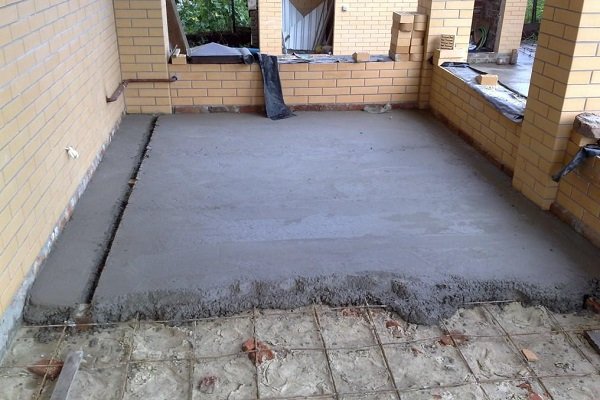
Making a wooden structure
Wood flooring technology will require a more subtle approach. Sequencing:
- Prepare the strip foundation.
- Lay a roofing material substrate on it so that the edges overlap.
- Lay wooden bars on top in an even layer, acting as a support and base.
- Now make the flooring of the boards right next to each other. Fasten them with nails.
- Next, insert any insulation. The most commonly used mineral wool, drywall. For the Southern regions, this step is not considered mandatory.
- Make a finishing deck out of plywood sheets or other wood-based material. Fasten again.
- If the surface of the finish coat is rough, sand it with sandpaper or special tools.
- To prevent early decay, treat all wooden elements with protective agents.
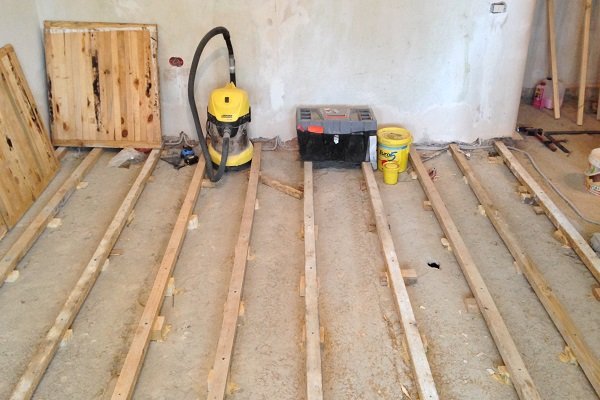
adobe construction
Such raw materials are practically not used in modern farming, but if there is free access to clay deposits, then the option is considered the most budgetary.
Installation process:
- Remove at least 10-12 cm of soil, which reduces the risk of rodents getting inside.
- Lay a metal grate in the pit (mesh size from 1,2 to 1,5 cm).
- Sketch a layer of clay 15–20 cm thick.
- Fill with water.
- Take off your shoes and socks and climb into the clay compound.
- Trample the mixture until a plasticine-like structure is formed.
- Level the surface so that along the perimeter of the walls the thickness is 2-3 cm more than along the central part of the floor in the goose coop.
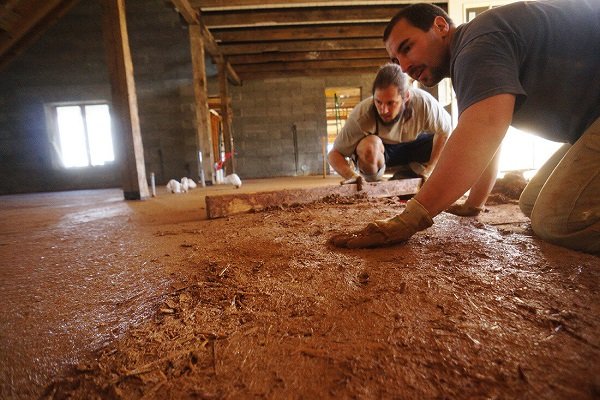
Features of nests placed on the floor
Egg nests are best placed on the floor along the wall. This increases the likelihood of their safety. Two or three geese need one nest.
Note:
- inside the nest, be sure to place a litter that is identical in material to that lying on the floor;
- observe the width of the structure – about 40 cm;
- limit the height – no more than 50 cm;
- vary the length from 55 to 60 cm;
- do not exceed the level of the nut – no more than 10 cm;
- do not use metal parts as material;
- place nests in shady places;
- do not miss the deadline for changing the litter – 1 time in 2 or 3 days.
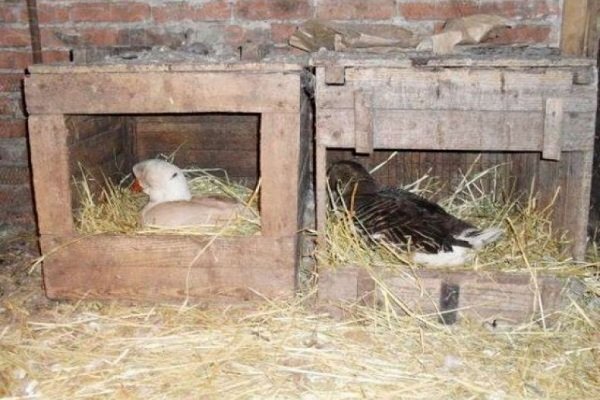
Useful Tips
Experienced farmers use various tricks and tricks in the manufacture of the floor in the poultry house and the subsequent care of it. They are happy to share life wisdom with beginners. Important recommendations:
- The material least affected by rotting at high humidity is DSP. Its acquisition will pay off in full, as it will last longer than ordinary boards and plywood with a fine flooring.
- It is permissible to use flat type slate as a floor covering. It is something between a concrete mix and a tree.
- Monitor the temperature in the goose as a whole and separately at floor level. Geese predominantly live at the bottom of the room, even if there are any perches.
- The optimum temperature regime is + 12–15°C in summer and + 17–21°C in winter.
- For young geese and small offspring, thermometer readings near the floor at + 28 ° C are required.
- Place the thermometer in the lower part of the house, and so that the geese do not peck at it, cover it with a protective metal mesh.
- To prevent the development of pathogenic microorganisms during the heat, remove the top layer (literally 1–2 cm) of bedding daily. Then sprinkle the surface with peat or lime. Only after the disinfection procedure, put a clean layer.
- Change nest litter in the evening. This will keep the eggs clean.
- If the walls are cold, place the nests at a distance of 7–12 cm from them or insulate the goose coop.
- Adjust the size of the egg laying device yourself. They are often specific, and depend on the breed of geese (small, medium, large).
- Put goose feathers inside the nest to attract females (not all individuals immediately sit on nests).
Self-laying flooring in the goose house is not difficult. Depending on your abilities and skills, it is possible to make a choice between the materials of manufacture. Each of them has pros and cons when using and different complexity of installation. But just laying the floor is “half the battle.” It must be equipped with a suitable and safe bedding.
